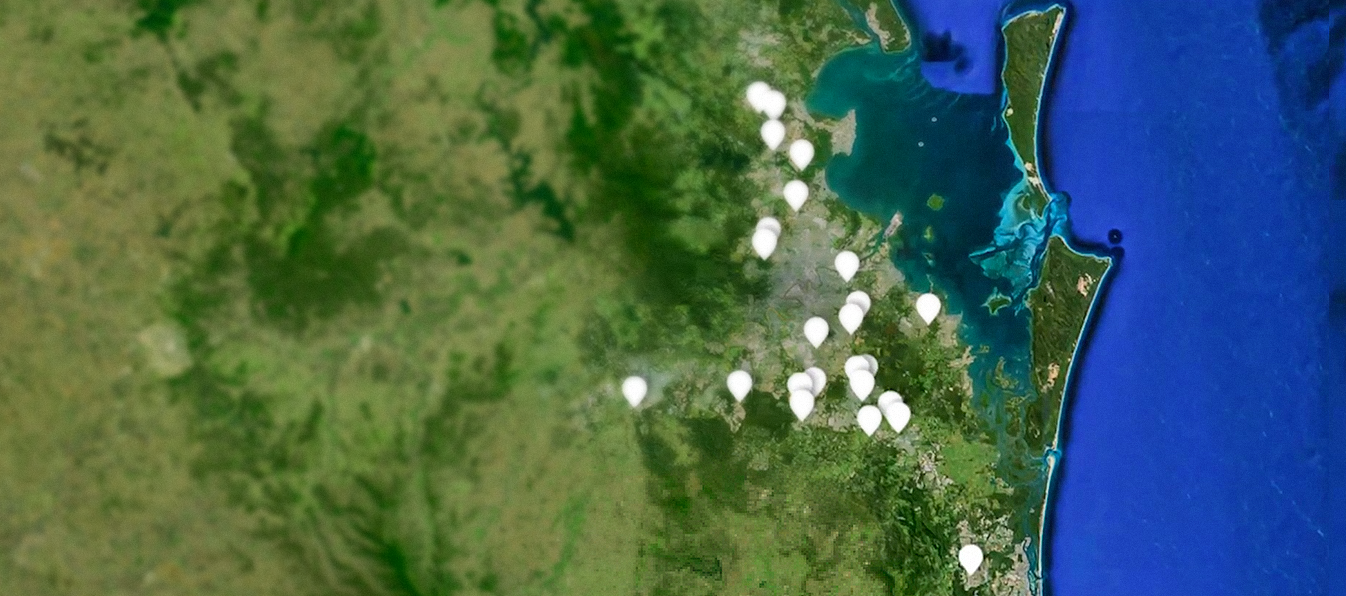Posted by Neil Fantom, Manager, Development Data Group, Nicole Klingen, Sector Manager, Health, Nutrition and Population, and Aleem Walji, Director, Innovation Labs at the World Bank
Editor's note: Today’s guest bloggers are from the World Bank, which provides financial and technical assistance to developing countries. See what other organizations that have gone Google have to say.
Almost half of the world’s population lives each day on the equivalent of just a few dollars. In 2010, 1.2 billion people tried to feed and clothe their families, put roofs over their heads and pay for healthcare and other essential services with less than $1.25 a day. About 3 billion people lived on less than $4 a day.
That’s why at the World Bank, our goals are as enormous as the challenges people face. We’re working with countries to end extreme poverty by 2030 and boost the prosperity of the poorest 40% of people in developing countries.
These goals are ambitious. But they’re also achievable if we start with data that’s open and accessible to everyone who needs it: the policymakers, researchers, civil society, journalists and citizens who are effecting transformational changes in their countries. At the World Bank, we’re serious about open data because it helps countries understand where their nations’ poorest live in relation to the resources they need most, such as food and medical supplies.
We’ve curated estimates for years of indicators, such as infant and maternal mortality, life expectancy, malnutrition, and access to water and sanitation. These indicators give country-level estimates that help shape a country’s development agenda—but we need to look beyond national totals and averages to better understand what’s happening locally, where there’s a unique set of challenges with an equally unique set of solutions.
Recently, we’ve been working with the World Health Organization to curate a dataset of malnutrition indicators. Now, this
malnutrition dataset is in
Google Maps Gallery—and it’s just one of the datasets that are helping countries map their people in relation to essential services, systems and resources. With Maps Gallery, we’re making national, subnational and granular data more understandable—and we’re also creating rich, multi-layered maps that paint a vibrant picture of the challenges countries face and the opportunities that await.
For example, through Maps Gallery, if policymakers overlaid statistics about sanitation, health services and poverty on top of a map of malnutrition rates, they could better understand the specific causes of malnutrition in a particular area and guide planning on how to address them. This knowledge spurs debate and improves decision-making—helping countries target their investments and most importantly, save lives.
These datasets are part of our
Open Data Initiative. We’ve also geo-coded our World Bank projects in countries with the locations where they operate, making this data publicly available. And we’ve created our own “mash-ups” with this information and other datasets through
Mapping for Results. We’re looking forward to seeing the innovative ways that others are using the datasets.
For years, at the World Bank we’ve been gathering and curating data that we’ve made available through our Open Data Initiative, in machine-readable formats. Bringing the figures in a spreadsheet to life, through maps in the Gallery and other ways, helps reveal the story hidden among the data. And that story helps governments make better, more informed decisions and develop innovative solutions to their trickiest problems.















